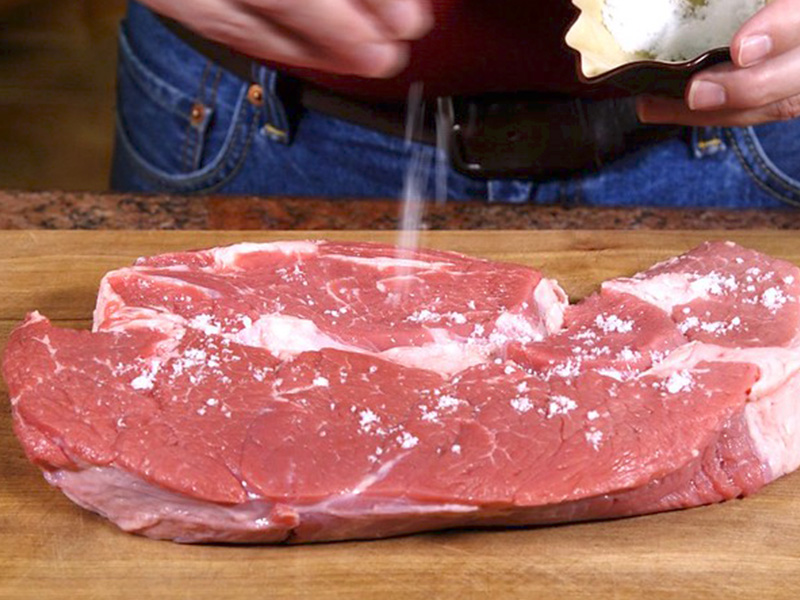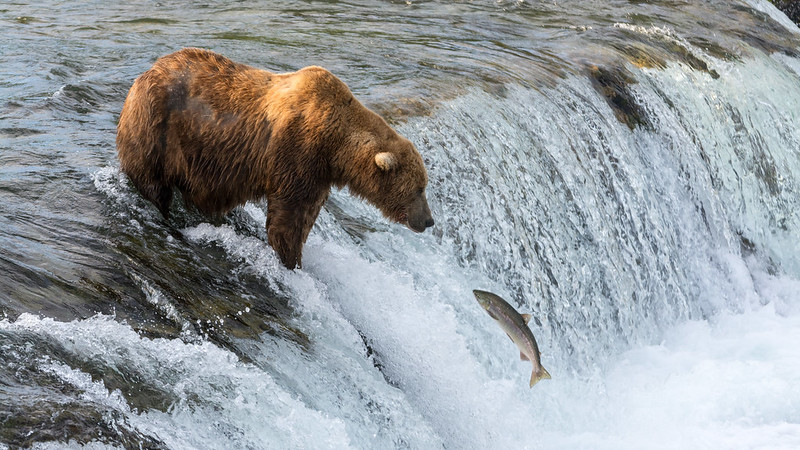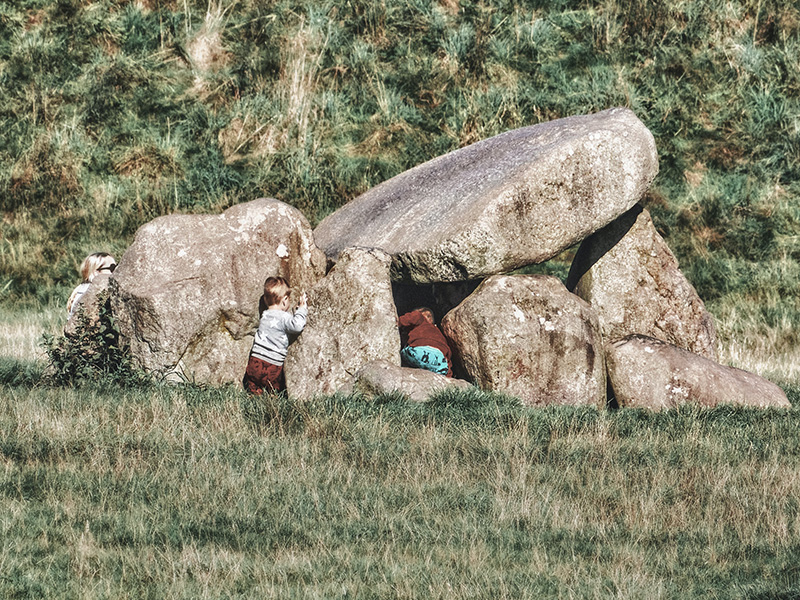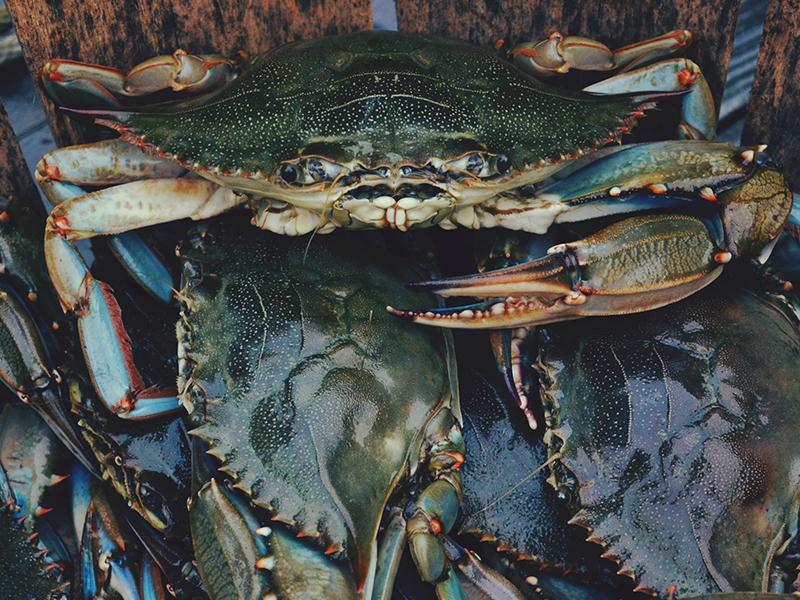
When I first began thinking about Shakespeare’s King Lear and arrogance, I looked in the text for the youngest daughter’s response to her father’s test: “I love you as meat loves salt.” The line wasn’t there! I have an auditory memory (I can hear the line being spoken) so I suspect a director or two may have added it to productions I saw. But Shakespeare does not include this famous line.
The Canon of Meat Loves Salt Stories
Searching the internet for “meat loves salt” led to a list of 28 stories from the excellent story site, Love Like Salt, curated by retired University of Pittsburgh professor, D.L. Ashliman. Most of these stories feature a father challenging his daughters to tell him how much they love him. Then the father banishes the youngest one because she answers “as meat loves salt.”
- To Love My Father All (from The Tragedy of King Lear by William Shakespeare).
- Cap o’ Rushes (England).
- Sugar and Salt (England).
- The Dirty Shepherdess (France).
- As Dear as Salt (Germany).
- The Most Indispensable Thing (Germany).
- The Necessity of Salt (Austria).
- The Value of Salt (Italy).
- Like Good Salt (Italy).
- Water and Salt (Italy).
- The King and His Daughters (Pakistan).
- The Princess Who Loved Her Father Like Salt (India).
- The Goose-Girl at the Well (Germany, Jacob and Wilhelm Grimm). Link to the German text of the above tale: Die Gänsehirtin am Brunnen.
- “Love-Like-Salt” variant of “Ass’s Skin” (Basque).
- To Love My Father All (from The Tragedy of King Lear by William Shakespeare).
- Cap o’ Rushes (England).
- Sugar and Salt (England).
- The Dirty Shepherdess (France).
- As Dear as Salt (Germany).
- The Most Indispensable Thing (Germany).
- The Necessity of Salt (Austria).
- The Value of Salt (Italy).
- Like Good Salt (Italy).
- Water and Salt (Italy).
- The King and His Daughters (Pakistan).
- The Princess Who Loved Her Father Like Salt (India).
- The Goose-Girl at the Well (Germany, Jacob and Wilhelm Grimm). Link to the German text: Die Gänsehirtin am Brunnen.
- “Love-Like-Salt” variant of “Ass’s Skin” (Basque).
From: Love Like Salt collection of stories, mostly three daughters.
In the long list of stories the youngest daughter’s worthiness is not recognized; the proud father is insulted, and she is banished to a wilderness. She goes, taking her character and courage in her hands, and is recognized by a Worthy Suitor, mostly a King, who immediately asks her to marry him. They invite the father to the wedding, and serve him (sometimes the whole wedding party) a meal without salt. This father, unlike Lear, recognizes his error, and in all humility laments his action and the loss of his daughter. She reveals herself, and the story ends with reconciliation.
In King Lear, Cordelia is the youngest child, who in traditional stories is not yet completely swallowed by (assimilated into) the culture. Her name can be taken to be “coeur de lion” in French – the “heart of a lion.” She says she doubts her sisters’ words. She will love her father well, but she will also love her husband.
Good my lord,
You have begot me, bred me, loved me.
I return those duties back as are right fit:
Obey you, love you, and most honor you. ….
Haply, when I shall wed,
That lord whose hand must take my plight shall carry
Half my love with him, half my care and duty.
Sure I shall never marry like my sisters,
To love my father all.
Her answer causes her father to disown her, and one of her two suitors to desert her since she has lost her inheritance.
The heroines of the Meat and Salt tales use the phrase to say love is a bond, a linkage, a connection, a unity that can’t be broken. One is not subservient to the other, controlled by the other. When the fathers send their daughters away, the competent and brave daughters embrace their fate, and go into the world to find their future. In King Lear, Cordelia leaves the court with the King of France, and becomes a Queen.
The King of France:
Fairest Cordelia, that art most rich being poor;
Most choice, forsaken; and most loved, despised,
Thee and thy virtues here I seize upon,
Be it lawful I take up what’s cast away.
….
Thy dowerless daughter, king, thrown to my
chance,
Is queen of us, of ours, and our fair France.
And so Cordelia leaves the whole situation behind, and turns towards France.

Photo Credit: Chermiti Mohamed, Unsplash
Meat and Salt: Equinox
What happens when we salt meat? Neither the salt nor the meat remain the same. The salt crystals dissolve and adhere to the meat; the flavor of the meat changes permanently. Like yeast in flour, once the salt and the meat join they can’t become separate again. They achieve a balance, a kind of equinox, two halves of one being. Equinox is a time when the earth balances briefly, and night and day are same length of time. They are not separate, the two halves, but twice a year achieve a momentary equality, a cohesion of day and night.
In the canon of Meat and Salt stories a reasonable resolution wins through, and right relationship is restored. The reunion is based in the proud father learning the truth from experience, accepting it, remembering and grieving his action, and humbly asking forgiveness.

Chuck Roast Steak Salt. Photo Credit: James Strange, (CC BY-NC-ND 2.0)
William Shakespeare turns the storyline into a tragedy. He divides the characters into two halves – the Arrogant and the Foils (a contrasted, opposing character).
| Arrogant | Foil |
|---|---|
| Lear – King | Lear’s Fool |
| Daughters 1 & 2 (Goneril and Regan) | Daughter 3 (Cordelia) |
| Suitor 1: Duke of Bergundy | Suitor 2: King of France |
| Duke of Cornwall (Bully) | Duke of Albany (Moral Pivot) |
| Gloucester (Echo of Lear) | Kent (loyal ally of Lear) |
| Gloucester’s illegitimate son (Edmund) | Gloucester’s legitimate son (Edgar) |
| Arrogant Values and Actions | Foil Values and Actions |
| Value Winning | Value Truth, Honor |
| Value only themselves | Value Relationships |
| Mock, Lie, Betray, Banish (Isolate) | Respect, Tell Truth, Serve, Protect |
| Destroy opposition at all costs | Seek solutions, reconciliation, alignment |
| Predator: Killing skills | Prey: Survival skills |
The Arrogant group will destroy the kingdom rather than learn or yield. King Lear banishes Kent, the Fool, Cordelia. Gloucester banishes Edgar. With the opposition out of the way, both King Lear and Gloucester are stripped of everything by their remaining children. They wander in a wild place: the Moor. They have no survival skills. Lear goes mad; Gloucester is blind.
Kent, the Fool, and Edgar (as Mad Tom) are in the wilderness already, and bring their foil values and actions to caring for the mad King and blind father. Cordelia and the King of France prepare to invade, going to war to protect King Lear. The Arrogant group plays out their dominance games. The only people left alive by the end of the play are the Fool, Edgar, and the Duke of Albany. (We’ll explore how Fools survive on April Fool’s Day in the next blog in this series, currently titled: Fools and Nets: Who Survives and How.)
Shakespeare lived in a time very like our own. In 1583 his Roman Catholic cousin Edward Arden was implicated in a plot to kill the Protestant Queen Elizabeth. Arden was executed at Smithfield by hanging, drawing and quartering. Shakespeare was living in Stratford-on-Avon, age 27. The year before he married Anne Hathaway who was 3-4 months pregnant with Susanna, their first child. It isn’t until 1590 that his writing career begins – with the history plays on the English kings. Each play will undergo censorship by the current Queen, then King. He and the Acting Company at any moment might be accused of treason. He’s nimble, and he and his works will survive.
The Equinox Position: Balanced Cohesion
There is the Arrogant Position: I win. Let’s explore the Foils opposite position with the Equinox image of balance and the idea of cohesion (meat and salt). Cohesion: “the action or fact of forming a united whole.” Day and night are different but not separate; at dawn and dusk they interact together twice in every 24 hours, and we rejoice in the resulting glories of sunrise and sunset.
There are many people in the world today who believe in the cohesion of all living things. They live by or are rediscovering our ancestral belief that humans are part of the whole of creation, and the whole of creation is conscious. Nothing is separate, everything is connected, from tree root and mushroom communications to quantum entanglement. Winning and losing don’t enter into the equation. Living and dying are part of the design, not a division between Predator and Prey.

Photo Credit: Christoph Strässler, (CC BY-SA 2.0)
Because everything is connected, nothing is random. The bear stands in the stream because the salmon are rising to spawn. It doesn’t take all the salmon; it doesn’t dam the stream so other bears can’t eat. The salmon, the river, the bear are in cohesion and the moment arrives.
The “Meat and Salt” position is that human beings are called to be in cohesive balance with all living things. I like that the image is of food about to be eaten. Joined, two different things become one, both enhanced by the union. Used out of balance the food becomes inedible. Used correctly they balance and achieve cohesion. Salt and meat – a description of love as bond, as an agreement to be willing to be part of shared reality and relationship, to give yourself and live in service to the whole.
I have a seemingly natural alliance with cohesion.
- I prefer to think in patterns and try hard to learn and use language that communicates these patterns to people who prefer facts and linear constructions.
- Understanding cause and effect is important, but not the only basis for my actions. I search for Status Nascendi… what has been formed and is being developed and how I can be of service to the Good.
- I prefer working in cohesive teams, sharing ideas, working together to come to a shared solution.
- I believe hierarchy can be part of cohesion: the faire chain of love.
- I love that Warren Buffet taught Bill and Melinda Gates in 2015 about the necessity of philanthropy.
However, to be useful to myself and others, I’ve had to learn some things.
- I am described accurately as a very independent person. My learning curve has been allowing other people to help. I realize cohesion is achieved when I open myself to being loved and supported.
- In personal and professional conflict management (Thomas Kilmann) I prefer collaboration – a strategy of cohesion. I’ve learned to both stand up to competitors and to accommodate. If I find I am dealing with an arrogant person, I Avoid.
Comments:
I am exploring the ideas of Arrogance and Cohesion with you. It’s second in a series of three blogs. Please participate and share your thoughts and ideas.
- Where do you naturally align?
- What have you learned and how?
The last in the series is titled, Fools and Nets: Who Survives and How and will be published on April Fool’s Day.




